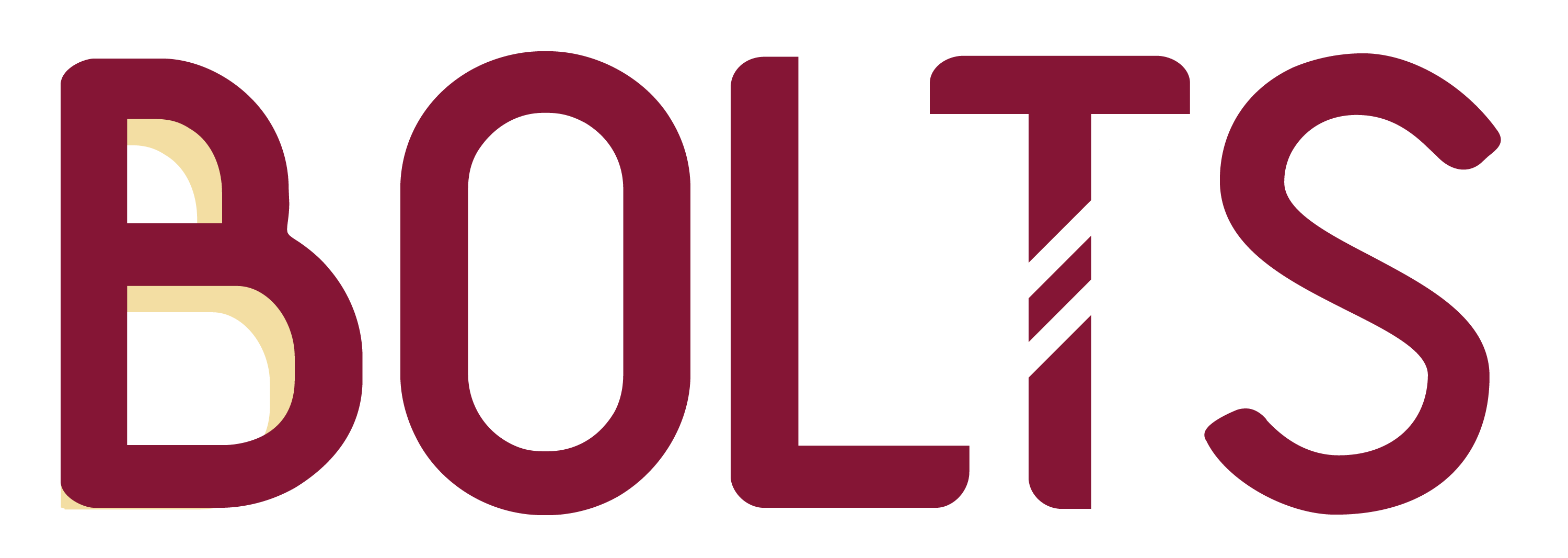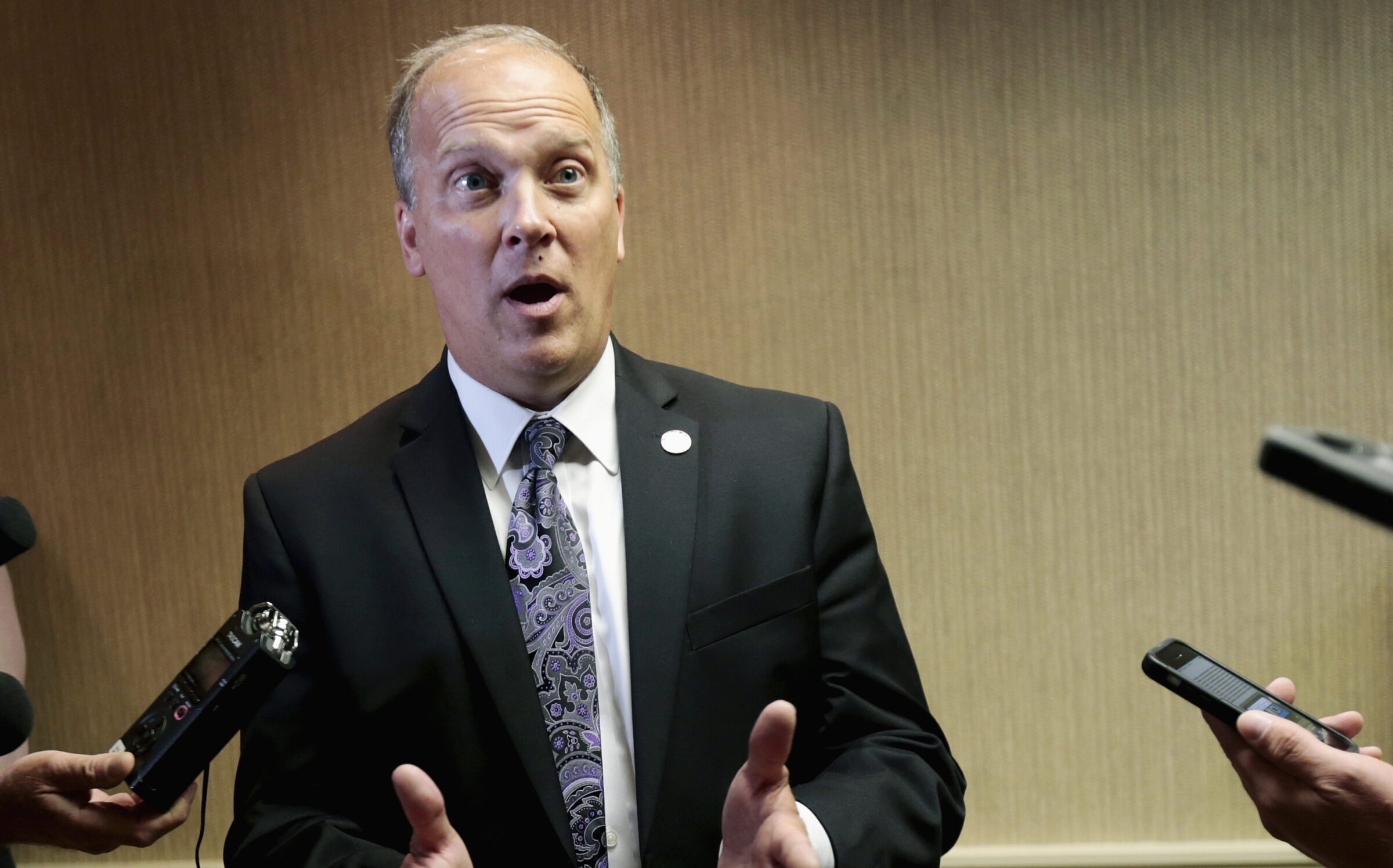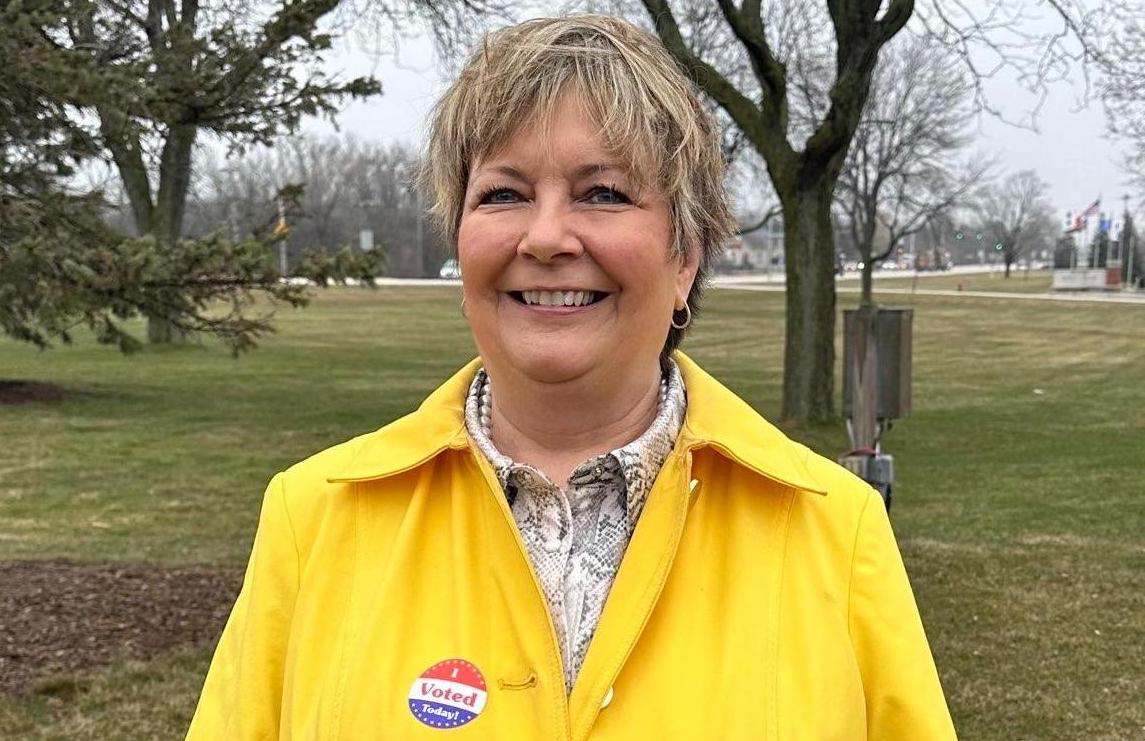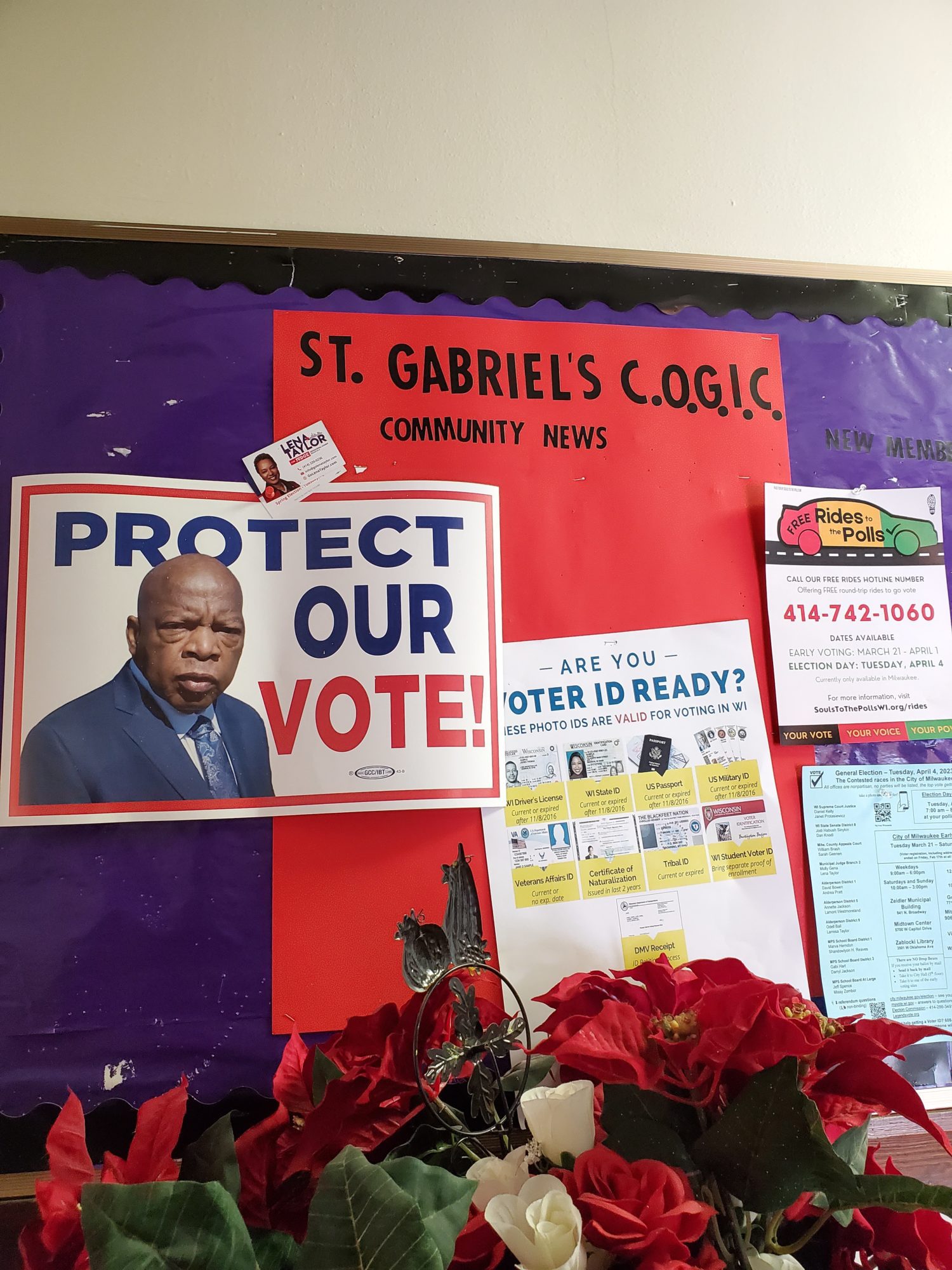Liberals Defend Wisconsin Supreme Court, Beating Back Elon Musk
Susan Crawford won after a record-breaking election that seals liberals’ majority for several years as important cases loom on abortion, labor, and election law.
| April 1, 2025
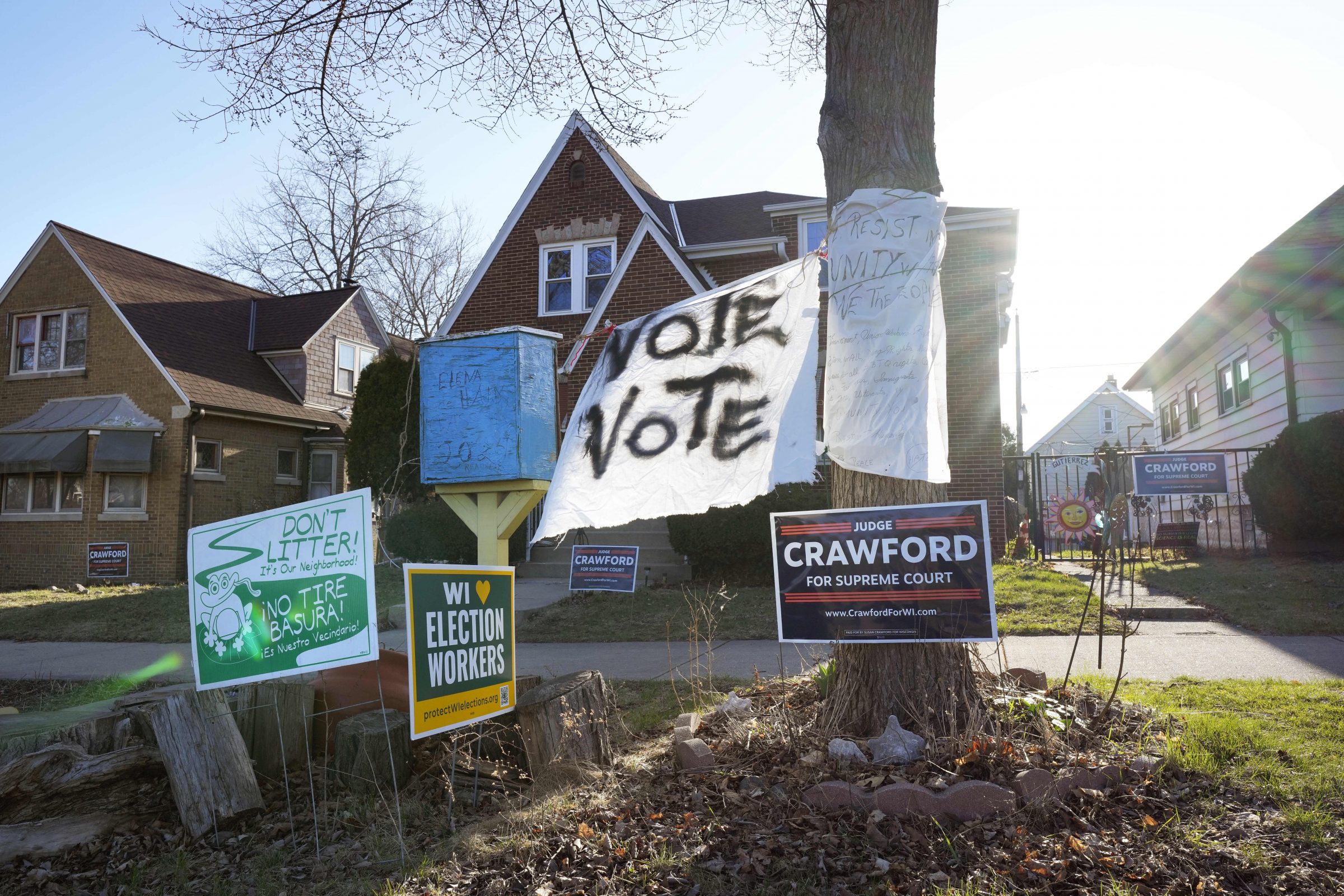
The biggest name in Tuesday’s Wisconsin Supreme Court election belonged to neither of its candidates, but to Elon Musk, who spent extravagantly on the race in an effort to further cement Republican control of American democracy.
In the final stretch of her race to join the court, Susan Crawford stumped against Musk, calling him “my opponent,” even as she officially faced Brad Schimel, the state’s former Republican attorney general and an outspoken ally to President Trump. Musk, the billionaire adviser to Trump, poured at least $22 million into the race—plus millions more in prize money he gave to two voters—in an effort to bolster Schimel and flip the court to a conservative majority.
But Wisconsin voters rejected Musk, and Schimel, on Tuesday, handing Crawford a wide victory that likely locks down a liberal majority on the court through 2028.
Crawford prevailed by 10 percentage points and will join the court as it prepares to decide major cases on abortion rights, labor protections, and voter access.
This court lately has seen heated battles over the shape of democracy, culminating in recent decisions that struck down GOP gerrymanders and restored ballot drop boxes. Musk opposes those moves, and Democrats this spring rallied around Crawford by emphasizing the policy aims behind Musk’s record-shattering spending.
“Our courts will not simply be a rubber stamp for antidemocratic forces,” Milwaukee voting rights organizer and attorney T.R. Edwards told Bolts on Tuesday, following Crawford’s win. The result, he said, makes him optimistic Wisconsin will “continue to grow and build an inclusive democracy.”
Tuesday marked the third consecutive supreme court victory for Wisconsin liberals, who, prior to flipping the court in 2023, had been in the minority since at least 2008. That 2023 victory, by now-Justice Janet Protasiewicz, created a 4-3 liberal majority, but the retirement of longtime liberal Justice Ann Walsh Bradley this spring gave conservatives a shot to regain the majority. Crawford’s win keeps the margin intact.
Turnout was very high for a supreme court election—a large boost over the 2023 judicial race. Crawford performed strongly across Wisconsin, flipping ten counties that voted for Trump in November and also posting huge margins in the urban counties of Dane and Milwaukee. Election officials in Milwaukee blamed “historic” turnout when they ran out of ballots in seven polling sites.
Conservatives will now have to keep playing defense to keep their minority from shrinking. The terms of two of their justices, Rebecca Bradley and Annette Ziegler, will end in the next two years, and conservatives must defend those seats to avert a liberal majority of 5-2 or even 6-1. No seats currently held by liberals will be up for election until 2028, when Justice Rebecca Dallet’s term expires.
Tuesday’s election, which has drawn about $90 million and counting, obliterated national records for spending in a judicial contest. The previous high was about $50 million, set just two years ago in Protasiewicz’s election. Before that 2023 contest, no judicial election in the U.S. had ever gone above $15 million in spending.
Many wealthy donors poured money into this race, including billionaires George Soros and Illinois Governor JB Pritzker, on Crawford’s behalf, and conservative megadonor Richard and Elizabeth Uihlein, for Schimel.
But Musk stood out, accounting personally for a least about a quarter of all spending in the race. That means Musk by himself spent more this spring than the total spending in any judicial race in U.S. history prior to 2023.
“Today should be a breaking point for our state. Even if your preferred candidate wins, … every single Wisconsinite should be alarmed at this grotesque billionaire arms race,” Nick Ramos, executive director of the Wisconsin Democracy Center, told Bolts late Tuesday. “The past two months have shown us a terrifying preview of what’s coming: an America where billionaires run the show, and the rest of us are just spectators.”
Beyond spending in the Wisconsin race, Musk has in recent weeks been calling for the impeachment of federal judges who have ruled against his initiatives at the Department of Government Efficiency, his program to upend and control government operations. He, as well as Trump, endorsed Schimel, and Musk even campaigned inside the state for him. He also offered checks of $100 to those who signed a petition opposing “activist judges,” and gave out two $1 million prizes to voters who turned out to be closely connected to GOP politics.
Wisconsin Attorney General Josh Kaul, a Democrat, sued late last week to stop those million-dollar checks, on the grounds that Wisconsin state law specifically prohibits giving anything of value to induce people to vote. But the state supreme court on Sunday unanimously declined to block Musk, without any stated reasoning.
Crawford’s backers joined her in trying to make Musk the face of this election. A TV ad by the Wisconsin Democratic Party says, “Elon Musk is out of control, and now the power-hungry billionaire is unloading millions to buy the Wisconsin Supreme Court.”
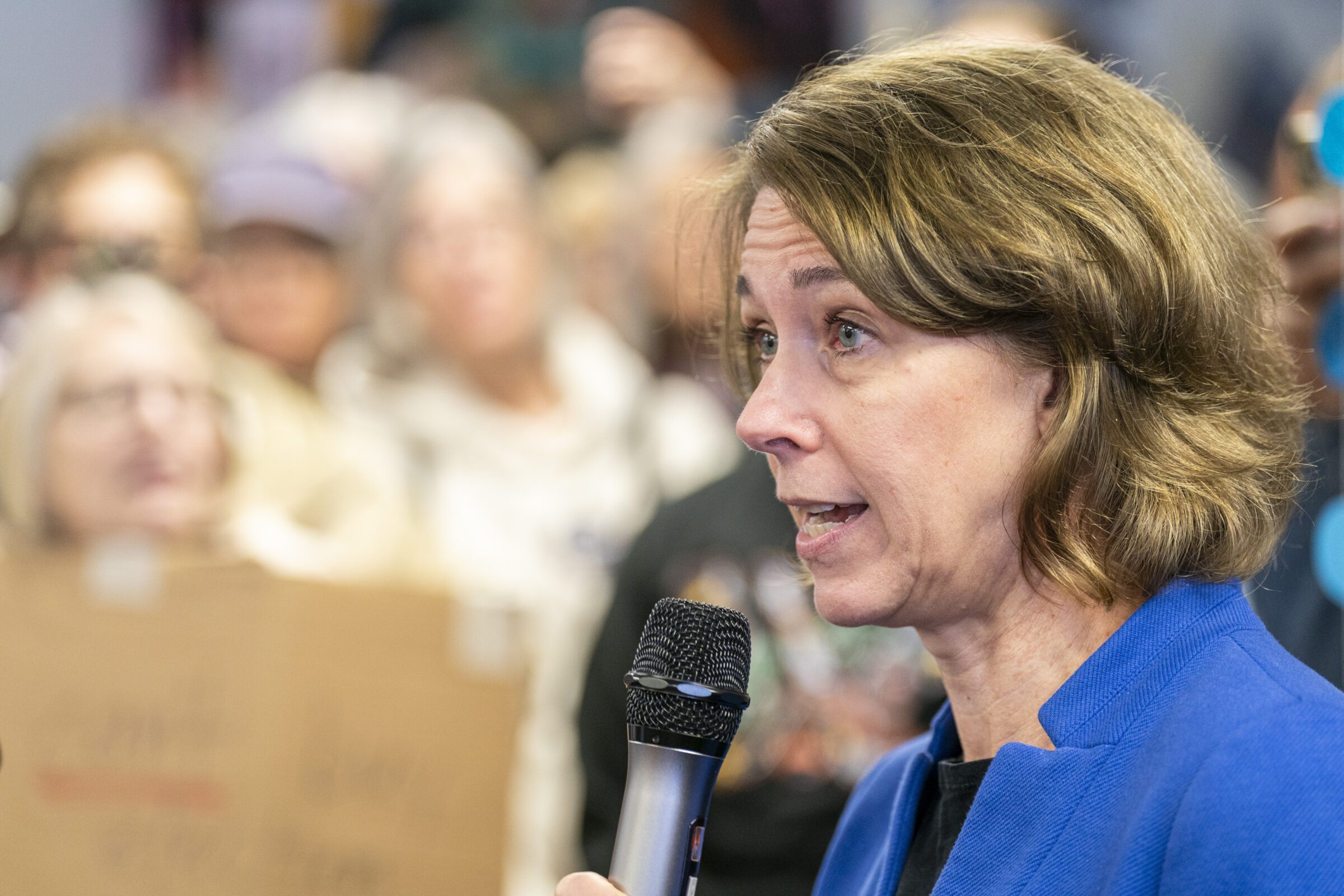
Schimel, who was Wisconsin’s Republican attorney general from 2015 to 2019 and is currently a circuit court judge in Waukesha County, embraced the support of Musk and Trump, donning a MAGA hat on the campaign trail and flashing “TRUMP ENDORSED” on the cover of his campaign site.
Schimel also fanned false conspiracy theories about election fraud on the trail, including by baselessly claiming in the final stretch of the campaign that ballot drop boxes are susceptible to fraud on Wisconsin college campuses.
Conservatives in Wisconsin have warred against ballot drop boxes—a key convenience for people casting mail ballots—for years, and the court has flipped back and forth on the matter: A previous conservative majority in 2022 blocked drop boxes from being used, but the court reversed that decision in 2024, having flipped to liberal control. Crawford’s victory is expected to preserve access to drop boxes in the state.
“The bottom line is that we need to make sure that eligible voters are able to exercise their right to vote without having to jump through a lot of unnecessary hoops,” Crawford told Bolts earlier this year, when asked how she would approach voting rights cases.
The court plays a major role in a host of other election law issues—from voter ID rules to gerrymandering.
Schimel has consistently defended the state’s harsh voter ID law, and he credited it with helping Trump win the state in 2016. Research has shown it kept roughly 28,000 people from voting in liberal Madison and Milwaukee, in an election Trump won by about 23,000 votes.
Just over a decade ago, Crawford, a former prosecutor who is now a circuit court judge in Dane County, was a lead attorney in a lawsuit challenging the voter ID law. In an interview in February, she told Bolts, “One of the things that we were pointing out in some of the litigation on the voter ID law is that what’s easy for some people is not easy for others.”
“We need to look out to protect the rights of all voters,” she continued, “not just the ones for whom something like showing your driver’s license is not a problem,” she said.
That voter ID law was also on the ballot Tuesday, with a referendum to enshrine the law in the state constitution. Voters approved the referendum by a wide margin, which legal experts in Wisconsin say will make future challenges to the policy more difficult.
“That’s worrisome,” said Sam Liebert, a former Wisconsin elections clerk who now runs the state chapter of the pro-voting rights group All Voting is Local. “We could be on the path to requiring proof of citizenship for voter registration.”
Crawford winning a 10-year term means she’ll be on the court for the next round of redistricting, following the 2030 Census. District maps were hugely important in the state’s 2023 court election, and Protasiewicz’s win paved the way for redrawn, fairer legislative maps that have reduced the GOP’s chokehold on state government.
Wisconsin’s congressional map remains drawn to heavily, unfairly favor the GOP, as the state supreme court declined to hear a Democratic challenge two years ago. Several legal experts told Bolts they did not expect the court to revisit that decision in coming years, though national Democrats have expressed some hope they may soon get a more favorable ruling.
Abortion rights, a central topic in the 2023 campaign, remained so this time around. Schimel defended the state’s 1849 abortion ban as “valid” policy, as the court he sought to join is poised to rule on a case, filed by Planned Parenthood, to determine whether the state constitution protects abortion rights.
Abortion is currently legal in Wisconsin, as state courts have put the 1849 ban on hold, though advocates feared that would change if Schimel won Tuesday.
Crawford campaigned on her support for abortion rights, and was endorsed by Planned Parenthood; she represented the group in a 2014 lawsuit.
Another fault line in the race was Act 10, a state law passed by Republicans last decade that restricts collective bargaining rights for public employees. Schimel defended Act 10 as attorney general, and Crawford, while in private practice, represented groups that oppose the law. A challenge to Act 10 has been winding its way toward the state supreme court after a lower-court judge struck it down in December, and so Crawford’s victory is seen as a likely boon to the pro-union side, if and when the court takes up the matter.
Liberals had a strong election night in Wisconsin besides the supreme court race. In the statewide race for school superintendent, incumbent Jill Underly defeated Republican-backed challenger Brittany Kinser, and Democratic-backed candidates prevailed in two races for county executives in Dane and Winnebago counties, ousting an incumbent in the latter. Musk’s presence was felt in these local races, too, as candidates scrambled to chart county funding plans to make up for DOGE cuts.
This article was updated Wednesday, April 2 with the final result, as well as more information on turnout figures and spending.
Sign up and stay up-to-date
Support us
Bolts is a non-profit newsroom that relies on donations, and it takes resources to produce this work. If you appreciate our value, become a monthly donor or make a contribution.

